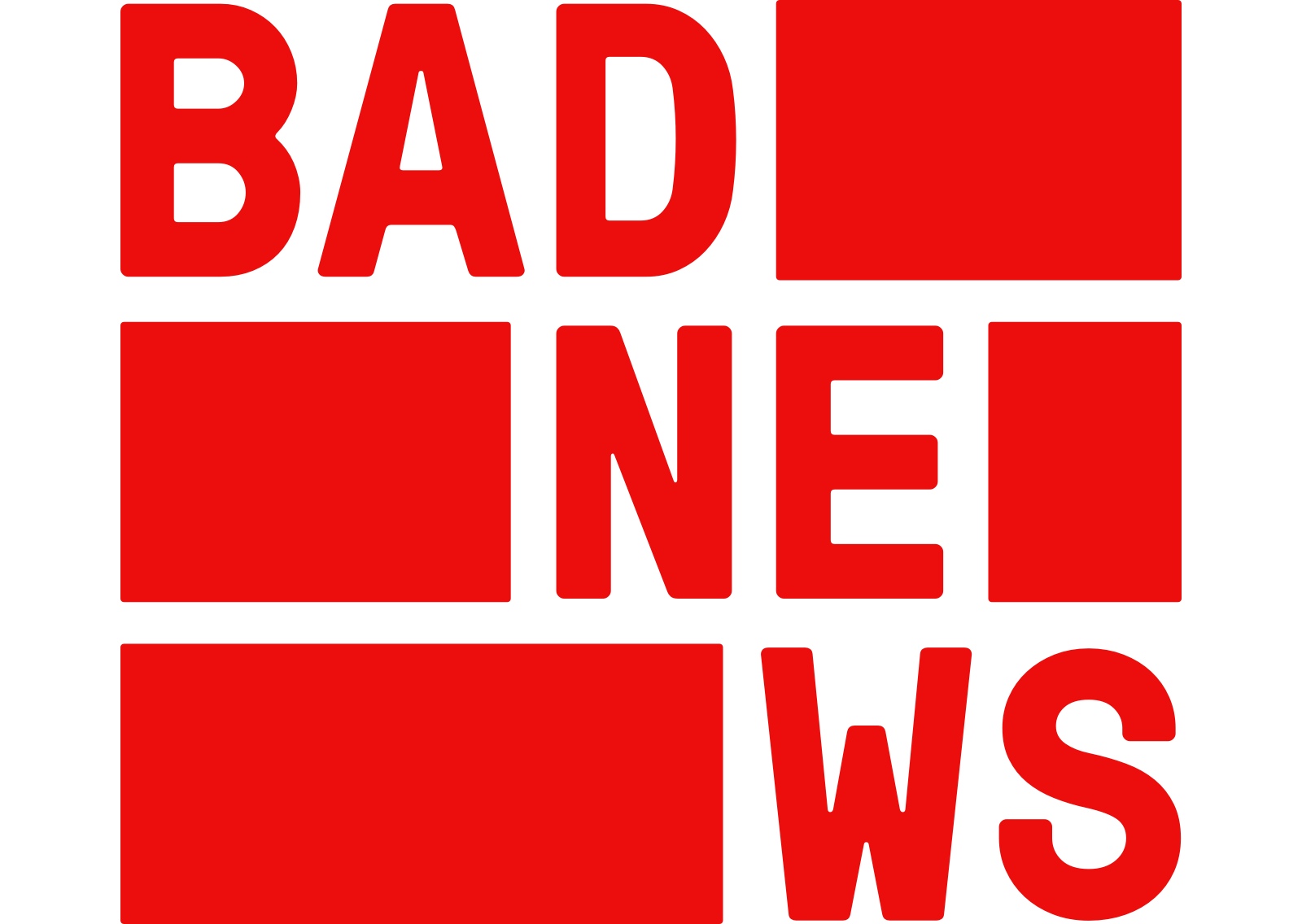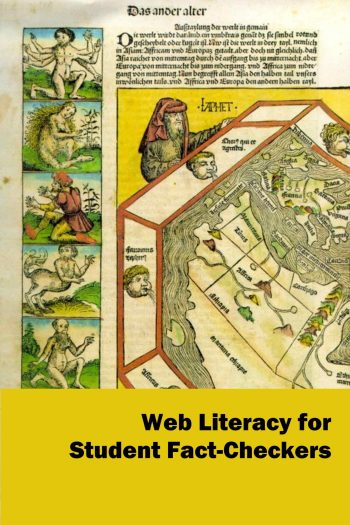For information on voter registration and requesting an absentee ballot, check out our Voting guide:
News and information about current events comes in many formats at various stages of the information cycle, from live-streamed videos to long-researched publications. These are some basic definitions of news media terms to frame and contextualize what's being communicated and by whom, what it means to be factual, and how information can be distorted or misunderstood.
Source: Stony Brook University Digital Resource Center's Glossary (Accessed December 2023)
Accountability: "Taking direct responsibility, by name, for the truthfulness and the reliability of the report. Examples include bylines in print and digital journalism and sign-offs in audio and video reports."
Balance: "Equality between the totals of the two (or more) sides of the account. Balance is a more technical term than fairness. It's a quantitative measurement that can be used as a tool to achieve fairness, especially in cases where the facts are in dispute or the truth is still developing."
Bias: "A predisposition that distorts your ability to fairly weigh the evidence and prevents you from reaching a fair or accurate judgment... Media Bias is a pattern of unfairness or willful inaccuracy over time by a specific journalist or news outlet. It cannot be proven by a single isolated incident. Audience Bias is a News Literacy term describing the tendency of individuals to see bias in news media reports because they are unconsciously viewing journalism through their own biases."
Cognitive Dissonance: "A psychological theory that holds people are so powerfully motivated to reduce their discomfort that they will dismiss, block or warp incoming information that does not conform with their beliefs, viewpoint or understanding of the truth."
Confirmation Bias: "Pursuing information that reassures or reflects a person’s particular point of view."
Context: "Background or ancillary information that is necessary to understand the scope, impact, magnitude or meaning of new facts reported as news ... the circumstances that form the setting for an event or statement ... ideas or facts that give greater meaning to a news report so that it can be fully understood and assessed."
Fairness: "Marked by impartiality and honesty. Free from self-interest, prejudice or favoritism. In controversial matters, fairness demands a courageous weighing of evidence to assure the report is fair to the facts."
Journalist: "A journalist’s primary mission is to inform the public while employing journalistic methods such as verification to uphold journalistic values in order to maintain independence and accountability."
News: "Timely information of some public interest that is shared and subject to a journalistic process of verification and for which an independent individual or organization is directly accountable."
News Literacy: "The ability to use critical thinking skills to judge the reliability and credibility of news reports, whether they come via print, television or the Internet."
Propaganda: "Information, ideas or rumors deliberately spread widely to help or harm a person, group, movement, institution or nation. It is often biased and misleading, in order to promote an ideology or point of view."
Raw Information: "Information that has yet to be examined or verified. It is unfiltered information that bypasses traditional gatekeepers and mediators."
Reliable Information: "Allows the news consumer to make a decision, take action or share responsibly with others. It has all three of these characteristics: Verification, Independence and Accountability."
Transparency: "When reporters share how they know what they know, what they don’t know and why."
Truth: "Events as they actually happened, phenomena as they actually exist, the universe as it actually exists, independent of what we have so far been able to learn of it. The term stands in contrast to Scientific Truth and Journalistic Truth, which describe human approaches to learning truth."
Verification: "The investigative process by which a news organization gathers, assesses, confirms and weighs evidence in service to the search for truth."

►►► Red Flags ►►►
It's suspicious if a news source does not publicly state their editorial policies or commitment to ethical journalism.
Specific examples of editorial guidelines and standards of journalistic practice:
With more news articles and media being created algorithmically (aka by "artificial intelligence"), it's increasingly important to know whether this information has been generated by a program or was written by a journalist. While some trustworthy sources use this technology, they also should be explicit and explain how they use these tools as part of their editorial guidelines. And when there is an author or byline, you should be able to click on the name of the author and read about their background and credentials as a journalist.
You should be able to know all about the organization responsible for this content and be able to read about their contributors and/or staff members.


► Online Verification Skills video series, hosted by Mike Caulfield and developed by CTRL+F, an evidence-based program that equips students with the habits and skills needed to evaluate online information to determine what to trust. This is the first video of a four-part series published in 2018.

 Web Literacy for Student Fact-Checkers
by
Web Literacy for Student Fact-Checkers
by

Library Databases
Access with your OnePass, these include full-text articles, including the most recent articles from these publications' print editions.
A spreadsheet of the complete list of the 3,500+ publications available in this database, including descriptions and countries of publication (as of December 2023)
News Websites

Contact us at askalibrarian@berklee.edu or chat with a library employee (check the homepage for current chat hours)